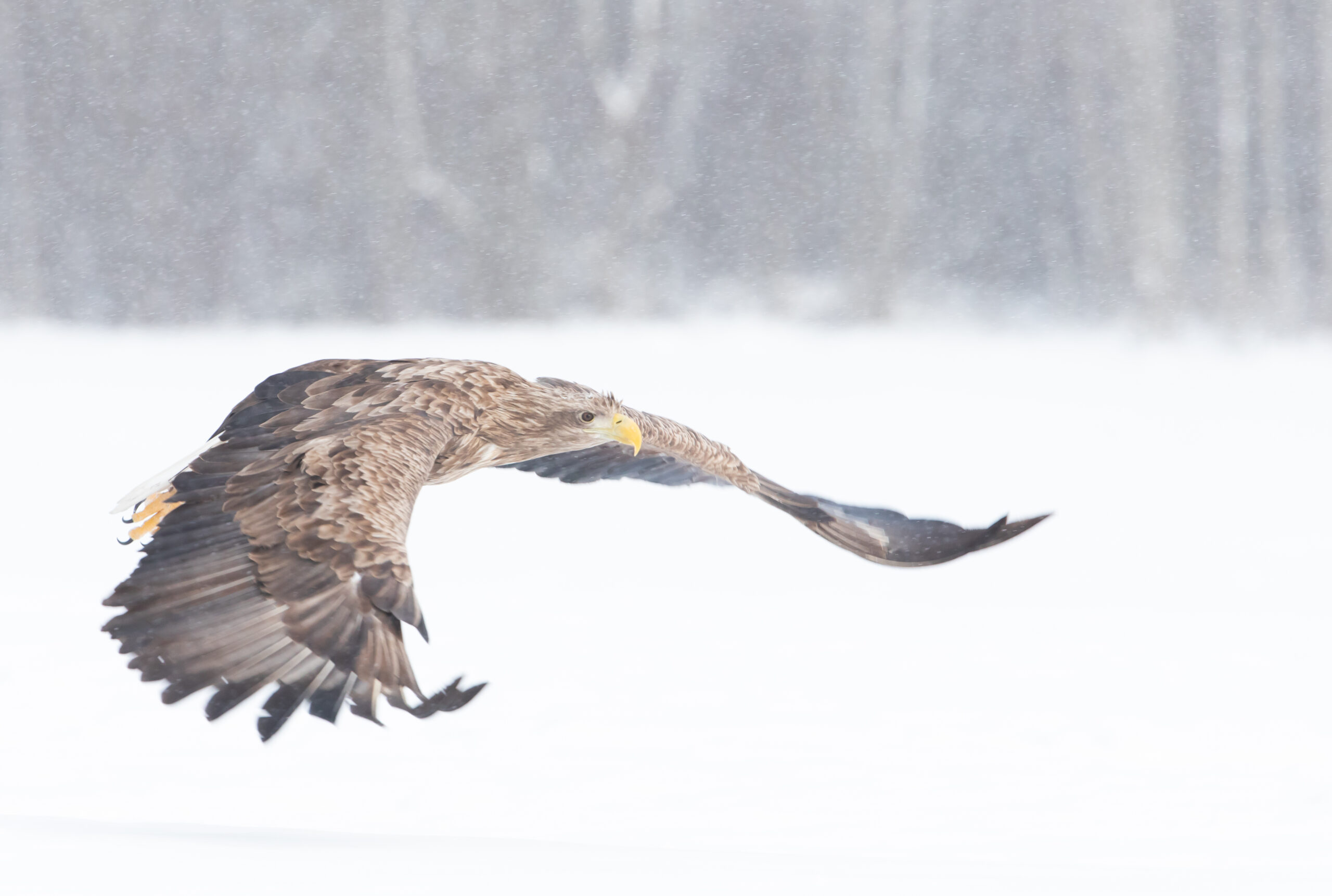This time I would like to acquaint you with the Arctiidae, known to many through woolly bears, or more precisely the woolly bear caterpillar of a Garden Tiger moth (Arctia caja). I selected this species since it is one of the few Arctiidae one may encounter in Estonia in August.
The caterpillars of Arctiidae, including the Garden Tiger moth, have setae—these grow from six rows of chalazae and in between them. The caterpillars feed on various herbs and are, therefore, polyphagous.
The setae of the woolly bear caterpillar of a Garden Tiger moth contain substances that irritate the skin—this should be kept in mind when touching them. The species overwinters in caterpillar stage.
In Estonia the Garden Tiger moth is a common moth but we still see it rarely since it is active during the night and even then we meet it upon chance—when it has flown towards the light.
Imagos can be seen from early June to mid-August. The Garden Tiger moth is a pretty and colourful moth whose wing pattern and size (wingspan of 5–8 cm) are quite varied. It is unlikely to encounter two moths with exactly the same pattern. The orange reddish hindwings with the dark blue eyespots are especially beautiful. The brown and white pattern on the forewings provides good camouflage for the moth during the day while it stops on a tree trunk. Every nature lover will feel good for a long time after an exciting encounter with such a large and pretty moth.
Another member of the Arctiidae whom we might meet in August in Estonia is the Ruby Tiger (Phragmatobia fuliginosa). Although the name points to a species active in the spring, late July to late August sees the flight of already the second generation of the moth. It is also ubiquitous and ordinary in the entire Estonia but often goes unnoticed because of its nocturnal lifestyle. The forewings of the moth are uniformly reddish brown with two tiny black speckles. The wingspan is 3–4 cm. The Ruby Tiger’s hindwings are red with black speckles.
The exceptionally warm summer this year inb Estonia (2013) allowed the second generation of the Clouded Buff (Diacrisia sannio) to emerge, although they usually end their flight in mid-July.
This year in Estonia one could see the beautiful moth even in early September. A good characteristic for determining the moth is by the yellow forewings with pinkish-red margins of the female moth; the male moth can be recognized by its vividly orange wings.
The Clouded Buff is active both during day and night—it offers viewing and photographing pleasure to Lepidoptera enthusiasts every time of the day.
As all the three species of moth discussed have a wide natural habitat—neither are they very selective with regard to habitats or food—then it seems that they have adapted to the urbanising world very well and will grace us with their presence for a long time to come.
Allan Selin







